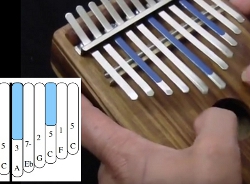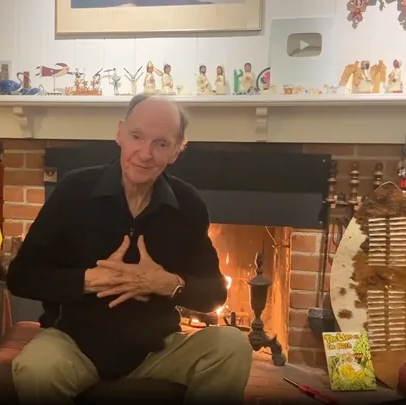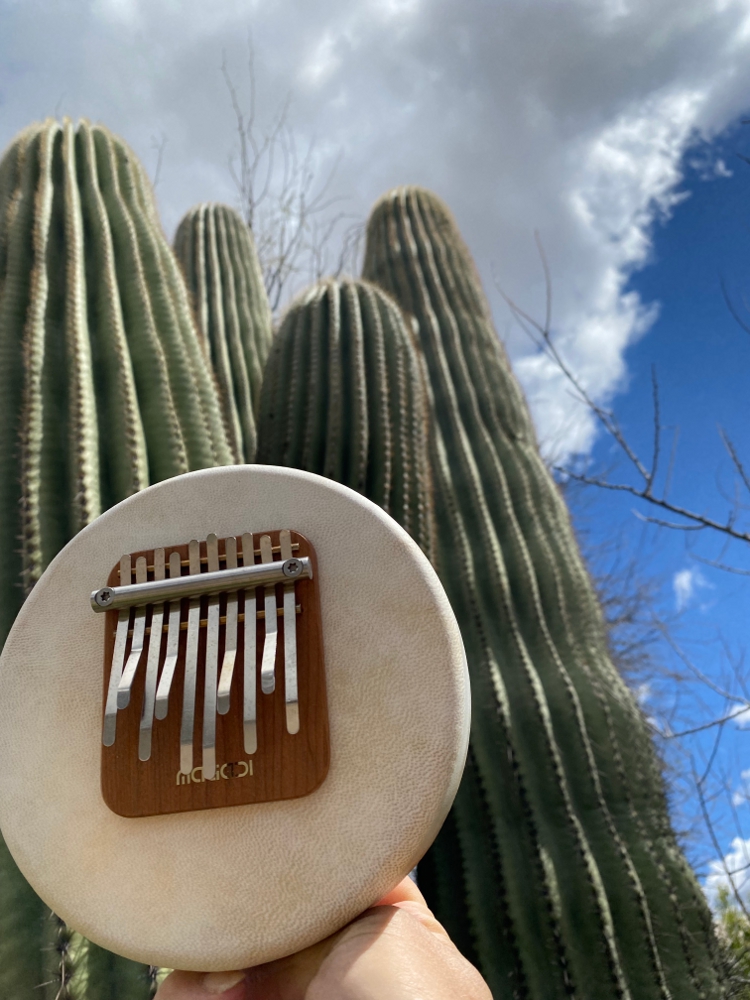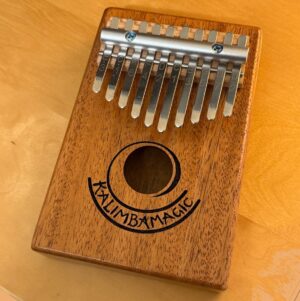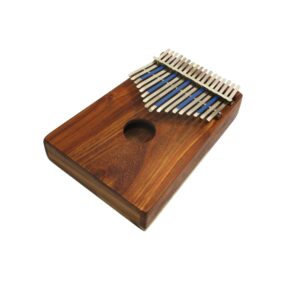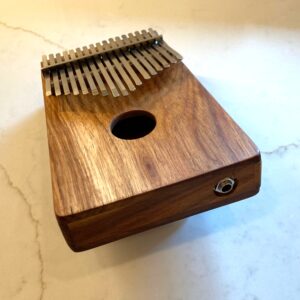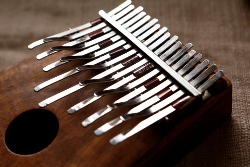
TIP: A Karimba Improvisational Strategy Part 2
Giving the left thumb some good ideas – an arpeggio Up and down the A major arpeggio This exercise reduces the notes further and only plays the notes in the A major arpeggio. These will often be the most important notes for the left thumb, as they trace out the A major chord. The long range plan in this series: the right thumb will play something low, strong, and supportive while the left thumb plays a dancing melody. Ultimately, I’d like you to be able to improvise on the left side. This exercise lays the foundation for the left thumb dancing.
